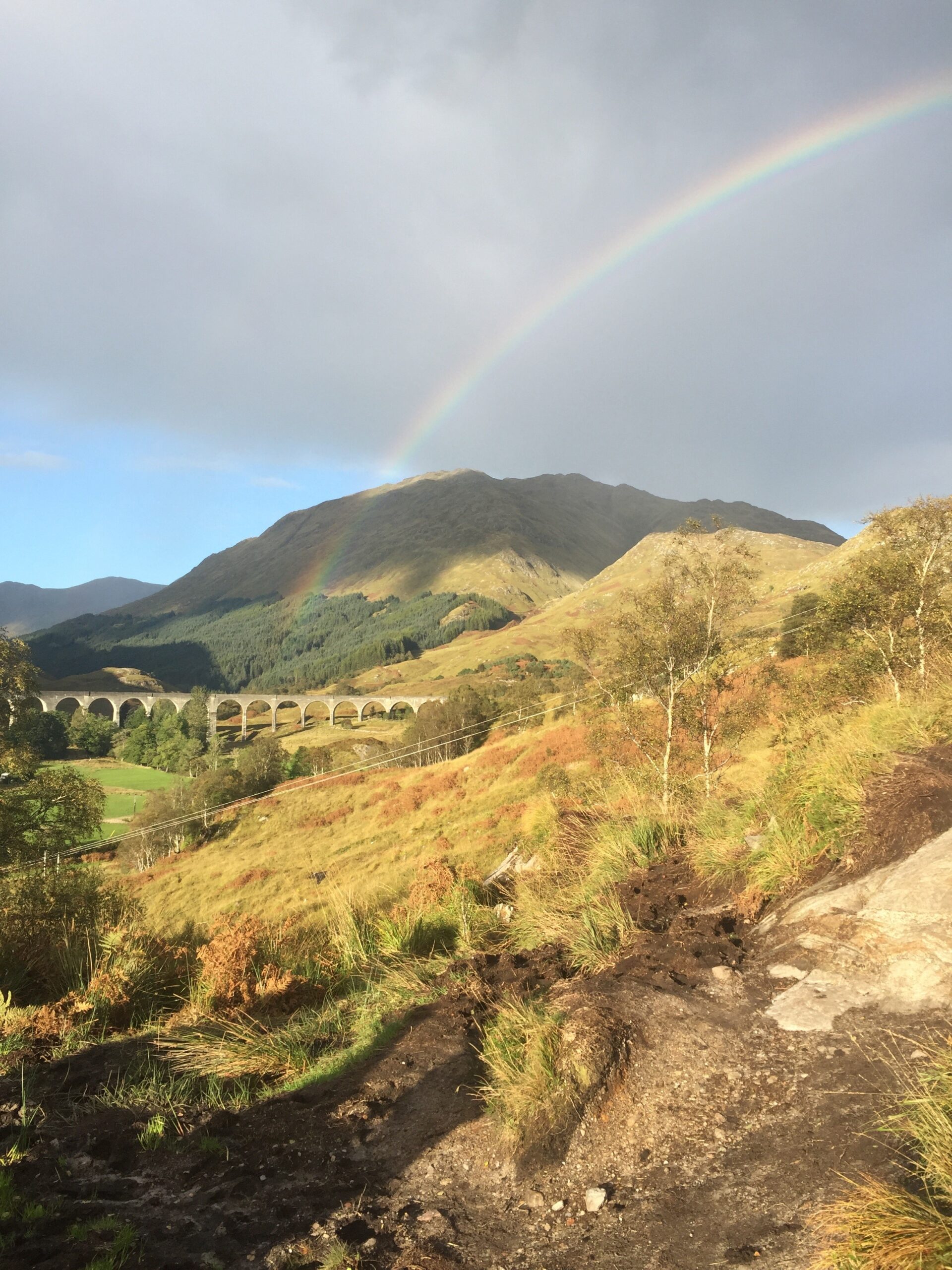This blog post marks the beginning of the Rain within the Rainbow project, funded by the Wellcome Trust! The project aims to improve our understandings of LGBTQ+ suicide across the lifecourse, and to develop principles for a tailored approach to LGBTQ+ suicide prevention in the UK. The project came about in response to a number of unanswered questions I had left over after working in the area of LGBTQ+ suicide and suicide prevention over the last 6 and a bit years (if you’d like to see the other work I’ve been involved in, you can take a look here: [1], [2], [3], [4]). In particular, I was interested in why, given the recognition that LGBTQ+ people have systematically higher rates of suicide [5] the majority of research in this area focussed on 18-25 year olds [6], rendering the experiences of LGBTQ+ people aged under 18 and over 25 almost invisible. I also wondered why, given the widespread recognition of this tragic health inequality (with estimations that around 5% of all people who die by suicide in the UK are LGB whilst a further 1% are trans [7]) , it appeared that far less was known about why this inequality exists in the first place or what we could do to reduce these deaths. These questions sit at the centre of the Rain within the Rainbow project.

Here I’ll share with you a brief overview of the project to give a sense of what we hope to acheive over the next five year (2024-2029). The project is divided up into four separate projects (each of which is comprised of a series of smaller still projects).
Mapping the landscape of LGBTQ+ suicide prevention in the UK
Whilst we know that excellent practices exist across LGBTQ+, suicide prevention and mental health services and organisations, I also know from experience that groups wanting to improve their provisions in this area can find it difficult to find out what others are doing and to learn from them. To help with this, the first part of the project will create a map of services doing excellent work in this area, and collect case studies of good practice from both the UK and abroad. To complement this I will also recruit practitioners working in this area to talk to us about what is working well, and about any challenges they are facing. This will help us to understand the support that is available to LGBTQ+ people experiencing suicidal distress, and will facilitate learning across sectors.
Learning from lived experience
Much of the existing research in this area aims to quantify LGBTQ+ suicide rates [8], and in particular rates of LGBTQ+ youth suicide. So in the second year of this project, I wanted to go beyond the numbers to better understand how LGBTQ+ people with lived experience make sense of suicidal feelings. A key aim for this part of the project is connecting with a diverse group of LGBTQ+ people, and so we also considered that some people might not wish to engage in an interview either because it might not be their preferred medium or because they simply did not have time to engage in one. So, in addition to the interviews, we are also developing a Digital Story Box that will enable the anonymous, multi-media sharing of participants’ stories.
Learning from people who have lost an LGBTQ+ loved one to suicide
People bereaved by suicide are a group that have conventionally been identified as under-served by research [9], and there is a lack of research exploring the complexities of losing an LGBTQ+ loved one to suicide. Responding to this, in year three I will be recruiting a post-doctoral researcher to lead a series of interviews with people who have lost an LGBTQ+ loved one to suicide to better understand their expeirences and support needs.
Co-creating ideas for tailored LGBTQ+ suicide prevention
To end the project, we will bring together these three key groups: LGBTQ+ people with lived experience of suicidal thoughts, feelings or attempts, people who have lost an LGBTQ+ to suicide, and practitioners working to support LGBTQ+ people living with suicidal distress to consider key building blocks for a tailored approach to LGBTQ+ suicide prevention in the UK. This approach will be developed over multiple workshops and will be an opportunity for people to find out about the other parts of the project, as well as co-designing and co-creating LGBTQ+ suicide prevention.
I am really excited about getting started on this project and hope to post regular updates here on the website, but if you would like to be kept up to date with the project feel free to drop me a line: hazel.marzetti@ed.ac.uk – I’d love to hear from you!



